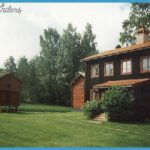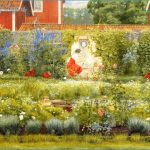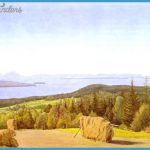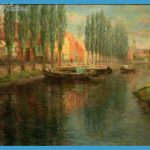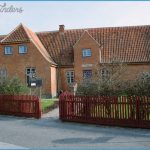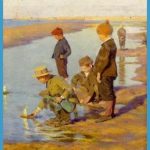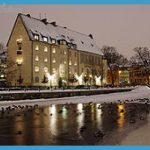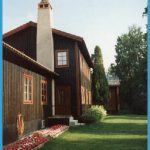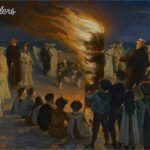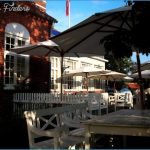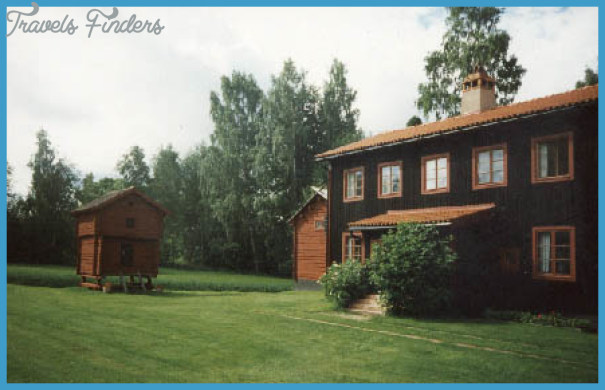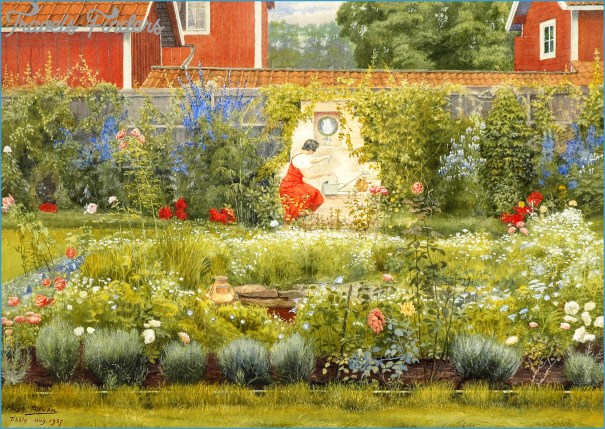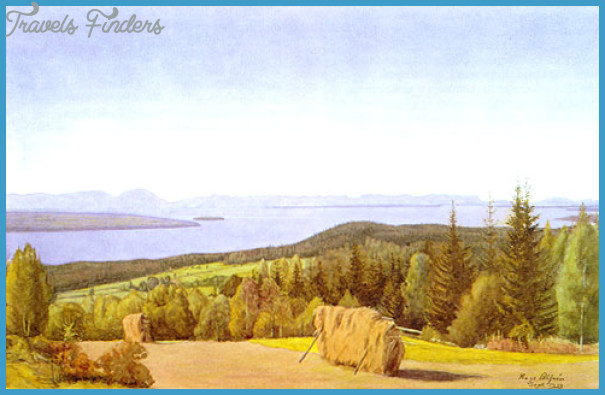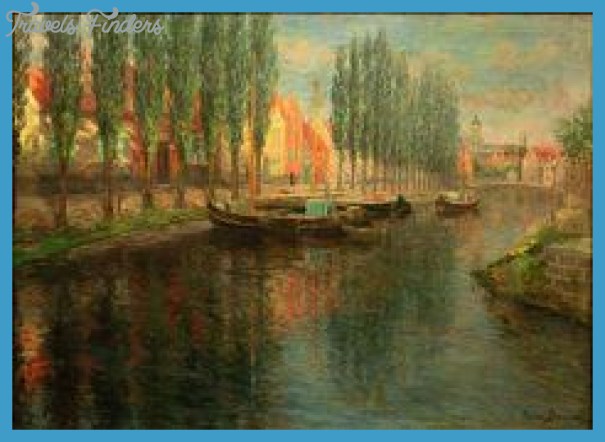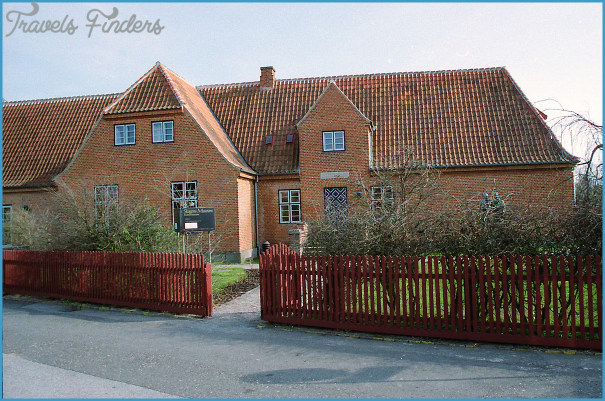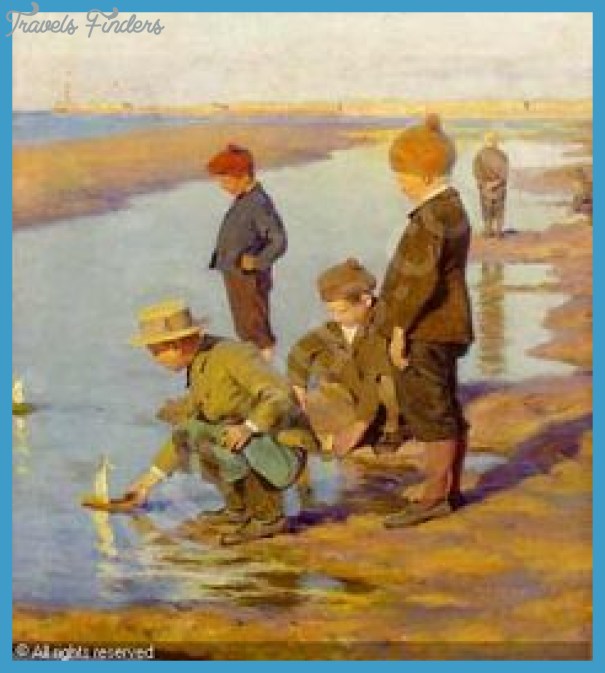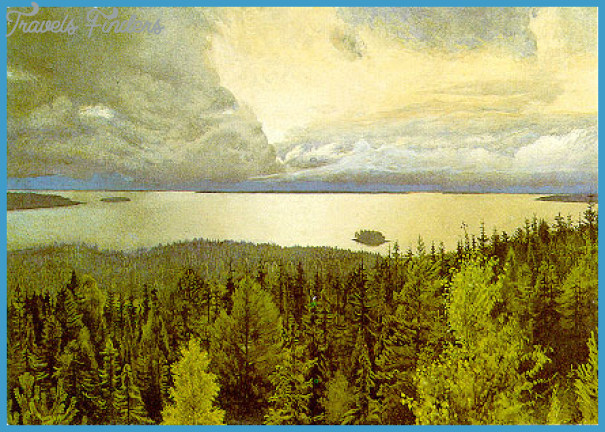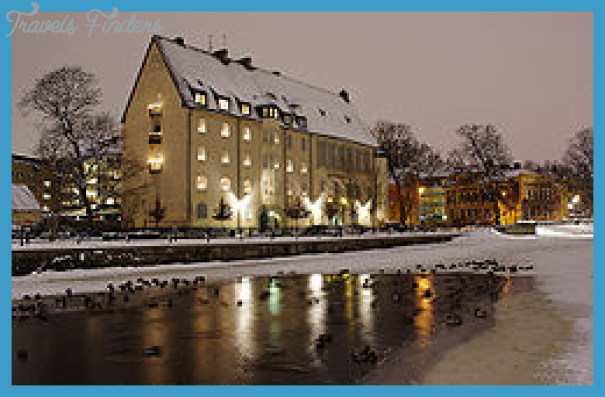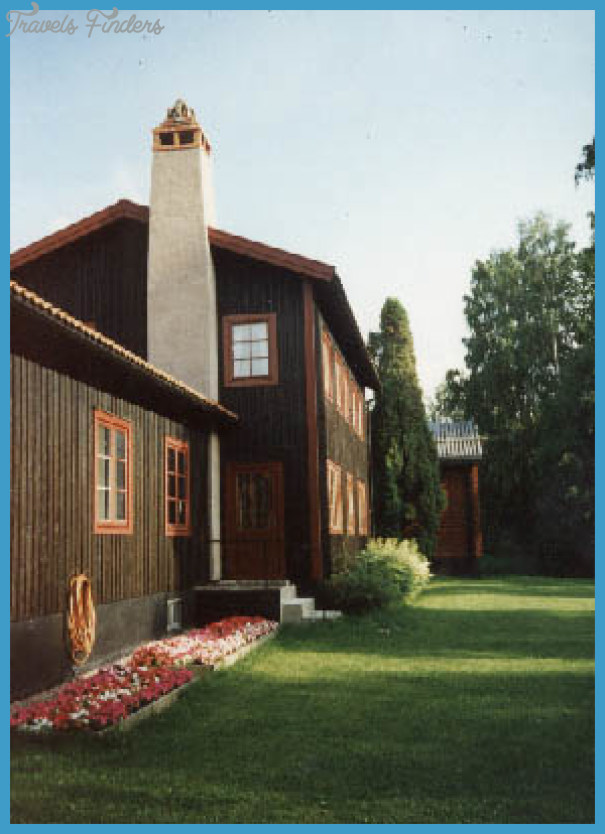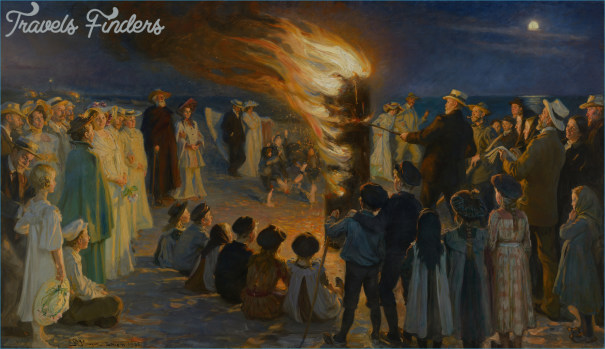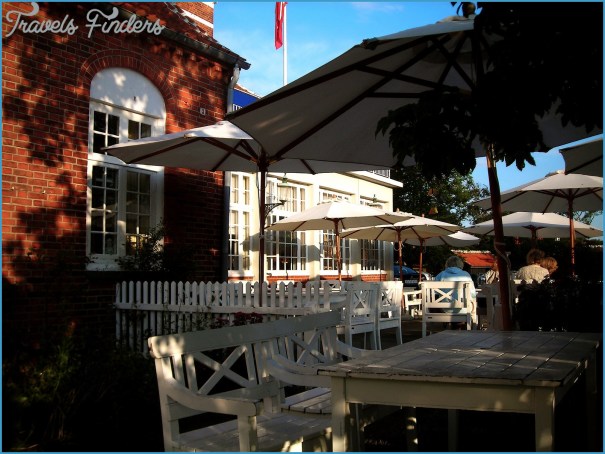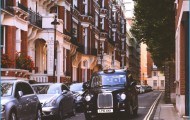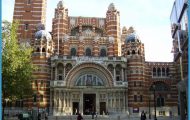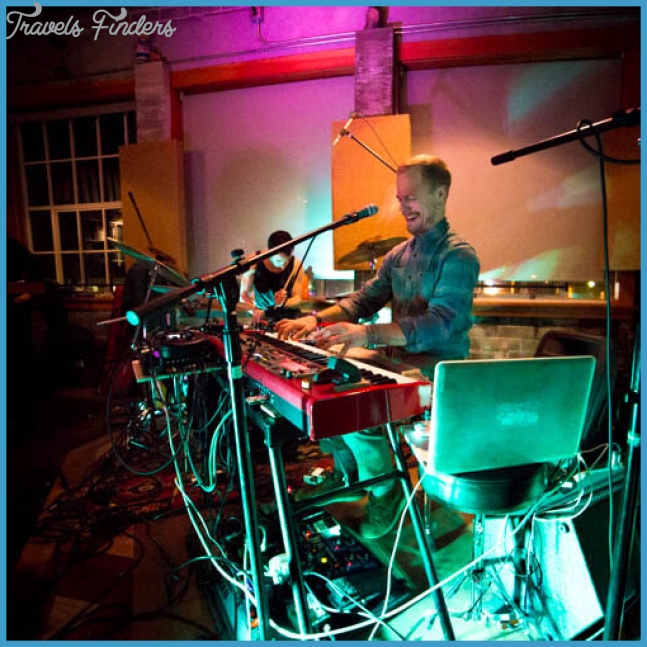The Swedish composer Hugo Emil Alfven’s house at Tibble, a tiny riverside hamlet just outside Leksand in central Sweden, was specially built for him by public subscription in 1942, to mark his 70th birthday. He moved there with his second wife, Karin, in August 1945; she died in 1956 and he in 1960. Thanks to postwar copyright laws, the royalties from his published works, spanning six decades, have enabled it to be preserved.
Trained as a violinist and then a composer and choral conductor, Alfven had served for nearly 30 years as Director Musices of Uppsala University. His music, mainly choral and orchestral, is postRomantic in style and was popular in his day. His other creative passion was painting, which he took up in 1887, then dropped for 30 years before resuming in 1922. He enjoyed the good life and he lived beyond his means, travelled extensively, loved many women and married three times. At the age of 74 he began compiling four volumes of memoirs, which he published in the late 1940s and early 50s.
Hugo Alfven Museum Photo Gallery
Although born in Stockholm in 1872 and obliged by his post to live for many years in Uppsala, Alfven regularly spent his summers in the Dalarna region of central Sweden. With his first wife, Maria, he built a home at Tallberg, which she kept when they divorced in 1936; she died only four years later. When their daughter Margita, a film actress, died in 1962, the Tallberg house and its contents passed to Maria’s elder daughter from her own first marriage, Wibeke Kroyer, who promptly sold both the house and its contents.
Meanwhile, Alfven married again in 1938 – though not happily – and in 1939 he retired to the Leksand area. Retirement and the added privations of the time led Alfven into depression, which was alleviated only in his last years. Shortly after his second wife died, two sisters moved into the house at Tibble to look after the elderly composer. One of them, Anna Lund, had been his lover 50 years earlier and nine months before his death they were married. During those last years, Alfven lived on advances from his royalties, which after his death his widow channelled into the Hugo Alfven Foundation. Anna Alfven died in 1990.
It had been Alfven’s specific wish that the house should become a museum and so, two years after his death, Anna opened it to the public, incorporating items of furniture that she had acquired when Wibeke liquidated the Tallberg property. Open to the public only in summer, the house is used in winter as a retreat for student workshops and rehearsals. Annually, on the first Friday in July, in conjunction with the Lake Siljan Music Festival, a Hugo Alfven Prize is awarded on the lawn, following a ceremony at his grave in the main cemetery in Leksand and a boat trip downstream on the Osterdalalven to Tibble.
Alfven’s two-storey house, built by a local craftsman, is now surrounded by an enclave of similar reddish-brown houses. The back of the house looks down on the riverbank, partly obscured in the summer by leafy birch trees. The entrance hall is lined with pen-and-ink portraits of the composer; in the cloakroom his cape hangs and his extraordinary collection of hats is displayed. To the right is the dining room, with its scrubbed wooden furniture, Swedish linens and Italian pottery; to the left the rustically elegant, stencilled drawing room with some of the items reclaimed from his first wife’s estate sale, including an early 19th-century spinet and the 1828 Malmsjo grand piano – which belonged to Maria’s first husband and was never played by Alfven. There are Danish rococo chairs and an antique sofa, Empire armchairs and a glass case of silver, orders and other ceremonial awards. Among the works of art are a large oil painting by Alfven, two portraits of the composer and his daughter by Kjell Lowenadler, a plaster outline of Mille’s sculpture The Wings and Mille’s portrait bust of Alfven.
At the far end of the ground floor, through an italianate garden room, is the composer’s study, dominated by his own Steinway grand. The walls are lined with bookcases of music, desiccated laurel wreaths, his self-portraits and watercolours of Lake Siljan and Capri, and photographs of his choirs and his wives. His paints and brushes are neatly stored and editions of his songs are carefully displayed under glass on his desk. Dangling from a beam near the fireplace are two rings that he used to maintain his fitness for conducting. Up the circular staircase are bedrooms and bathroom, and a terrace with a view over the river.

